| UTD Profile | UTD | eLearning | UTD Email | Project Workshop | MECH Labs | CourseBook | Research Gate | Google Scholar | ASME Community | LinkedIn | ASEE PEER | |
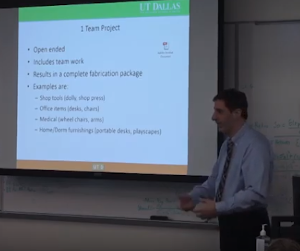 Teaching mechanical engineering classes in the classroom and online and mentoring students as they perform senior design projects with
UT Design at The University of Texas at Dallas.
Deploying KEEN entrepreneurship mindset concepts in the classes.
Teaching mechanical engineering classes in the classroom and online and mentoring students as they perform senior design projects with
UT Design at The University of Texas at Dallas.
Deploying KEEN entrepreneurship mindset concepts in the classes.
|
. |
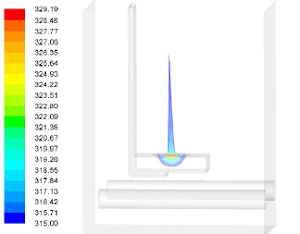 Using computational fluid dynamics (CFD) simulations in research and professional engineering consulting.
Using computational fluid dynamics (CFD) simulations in research and professional engineering consulting.
|
 Performing research in boiling heat transfer with the Multiscale Heat Transfer (MSHT) Lab at The University of Texas at Dallas with Principal Investigator,
Dr. S M You.
Performing research in boiling heat transfer with the Multiscale Heat Transfer (MSHT) Lab at The University of Texas at Dallas with Principal Investigator,
Dr. S M You.
Some publications related to this work are included on Google Scholar. |
. |
 Developing educational projects for mechanical engineering classes and performing educational research based on assessment and student feedback. Publishing results in ASME and ASEE conference proceedings.
Developing educational projects for mechanical engineering classes and performing educational research based on assessment and student feedback. Publishing results in ASME and ASEE conference proceedings.
|
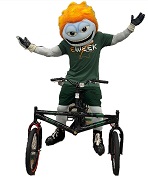
 Working with the UTD-ASME student organization to create growth and outreach opportunities.
Working with the UTD-ASME student organization to create growth and outreach opportunities.
Enjoying the opportunity to see UTD students meet the UTD Mechancial Engineering Program Educational Objectives and the ABET Student Outcomes. |
. |
 Serving as member of the Manufacturing and Design Innovation Committee, which is one of four area committees within the mechanical engineering department.
Serving as member of the Manufacturing and Design Innovation Committee, which is one of four area committees within the mechanical engineering department.
|

|
NOx reduction SCR systems: 
 Developed three dimensional numerical simulations for selective catalytic reduction (SCR) units serving boilers, reformers, HRSG, and peaker power generation systems. Worked on troubleshooting and designing solutions to improve the performance of existing systems. Updated and maintained ammonia injection grid (AIG) sizing programs. Developed an AIG with non-uniform hole spacing and non-uniform hole diameter to account for reagent density changes due to temperature. Received the ASME Prime Movers Award.
Developed three dimensional numerical simulations for selective catalytic reduction (SCR) units serving boilers, reformers, HRSG, and peaker power generation systems. Worked on troubleshooting and designing solutions to improve the performance of existing systems. Updated and maintained ammonia injection grid (AIG) sizing programs. Developed an AIG with non-uniform hole spacing and non-uniform hole diameter to account for reagent density changes due to temperature. Received the ASME Prime Movers Award.
|
. |
Phase Separators: 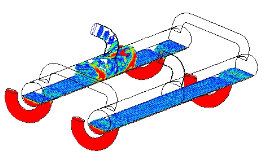
 Performed computational analysis to optimize custom designs of new gas-liquid separation vessels in critical applications: LNG, floating platforms, cold temperature, or high-pressure. Developed process simulations to evaluate the separation requirements. Created and maintained pressure vessel sizing programs for two and three phase separation systems. Handled standard and non-standard warranty statements.
Performed computational analysis to optimize custom designs of new gas-liquid separation vessels in critical applications: LNG, floating platforms, cold temperature, or high-pressure. Developed process simulations to evaluate the separation requirements. Created and maintained pressure vessel sizing programs for two and three phase separation systems. Handled standard and non-standard warranty statements.
|
Separation/Filtration Retrofits: 
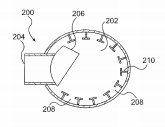 Used CFD to design and validate retrofits for existing separation vessels to enhance their gas and liquid flow handling capacities. Developed multiphase simulations. Created programs to design gas distribution manifolds to make possible the use of vane separators in tight spaces.
Used CFD to design and validate retrofits for existing separation vessels to enhance their gas and liquid flow handling capacities. Developed multiphase simulations. Created programs to design gas distribution manifolds to make possible the use of vane separators in tight spaces.
|
. |
Nuclear steam dryers in Boiling and Pressurized Water Reactors (BWR and PWR):
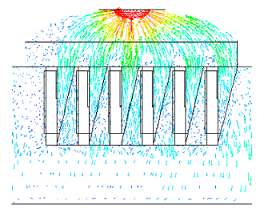 Developed a strong understanding of capacity limitations and modeled steam and water loading to different areas within a dryer. Performed three-dimensional multiphase CFD simulations along with laboratory experiments to design several nuclear power plants.
Developed a strong understanding of capacity limitations and modeled steam and water loading to different areas within a dryer. Performed three-dimensional multiphase CFD simulations along with laboratory experiments to design several nuclear power plants.
|
Steam Dryers-Boilers: 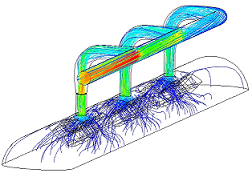 Developed and maintained computer programs to design distribution manifolds for the typically wide and short dryers used in steam generators. Created CFD models to validate complex manifold and header designs.
Developed and maintained computer programs to design distribution manifolds for the typically wide and short dryers used in steam generators. Created CFD models to validate complex manifold and header designs.
|
. |
Air Intake Systems: 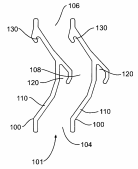 Created and managed sizing programs for marine air intake products. Developed a patented vane profile that is pultruded from composite material.
Created and managed sizing programs for marine air intake products. Developed a patented vane profile that is pultruded from composite material.
|
Heating/Ventilation/Air Conditioning: 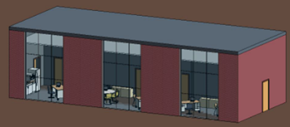 Performed cooling and heating loads for residential and commercial facilities. Designed complete systems and managed their installation in critical applications.
Performed cooling and heating loads for residential and commercial facilities. Designed complete systems and managed their installation in critical applications.
|
. |
ASME Fellow: 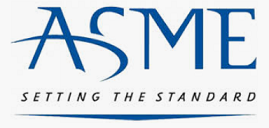 Joined the ASME while in college. Served in different capacities since then and received numerous awards, including the Engineer of the Year and the
Prime Movers Award.
Joined the ASME while in college. Served in different capacities since then and received numerous awards, including the Engineer of the Year and the
Prime Movers Award.
|

|
|
Active Learning Online: Dr. Mike Prince defines active learning in a lecture as any activity, related to the lesson, other than listening to the professor or writing notes. I have used several active learning tools in my lectures based on Project Catalyst and the ASEE NETI Workshop. However, I find that new and simple techniques are needed for an online lecture. Here is my very simple attempt to achieve active learning (according to the definition above) while offering an online lecture. As students are watching a short lecture about units and, hopefully, writing notes, a series of questions are provided to them in eLearning. These questions are in a local html form, which is located directly under the online lecture (in the same window). The answers do not feed into the grade book or any other record. The questions are for one purpose and one purpose only. They give those watching a recorded lecture a check-list of items that should be highlighted in the short lecture. I am working on a little project to automate generating the code behind this form so we do not spend an eternity writing HTML code and testing it in "student view" for every video recording. |
. |
The base unit for length is meter. True or False? |

|
 Dani Fadda, Ph.D., P.E.
Dani Fadda, Ph.D., P.E.Professor of Practice Mechanical Engineering Department Erik Jonsson School of Engineering and Computer Science The University of Texas at Dallas ECSW 2.150C 800 W Campbell Road Richardson TX 75080 fadda@utdallas.edu |